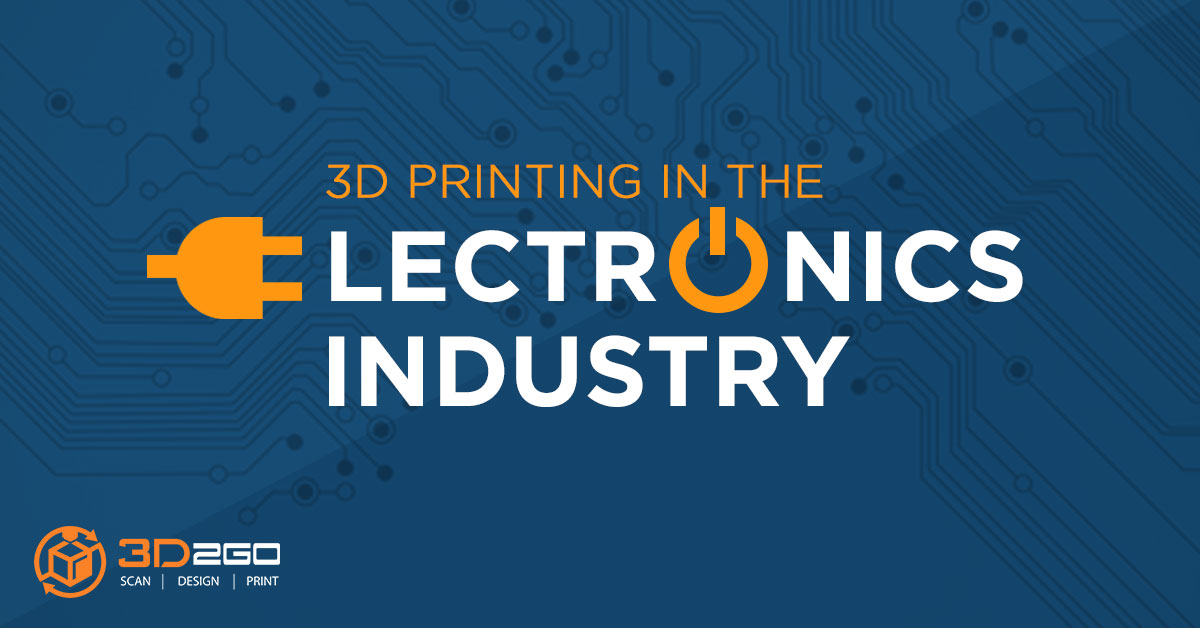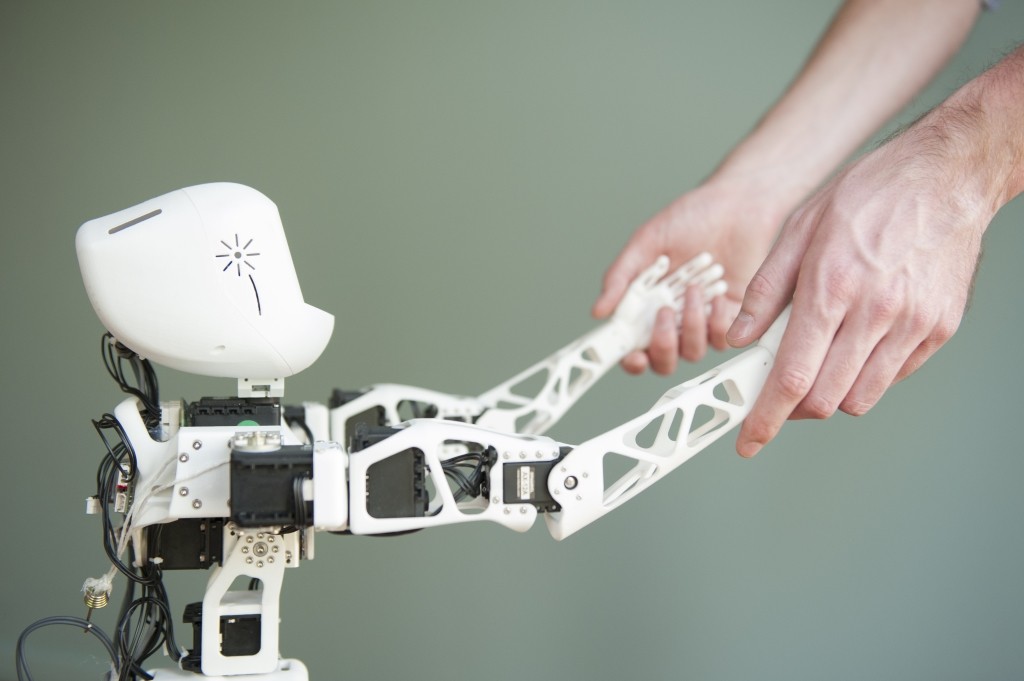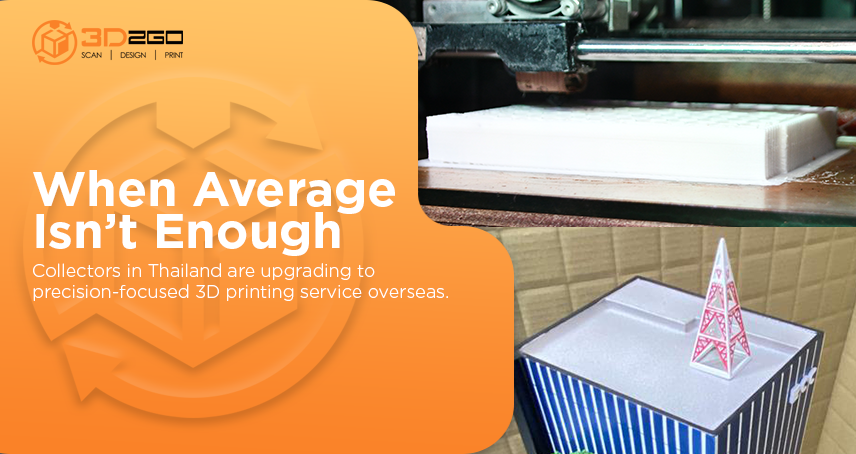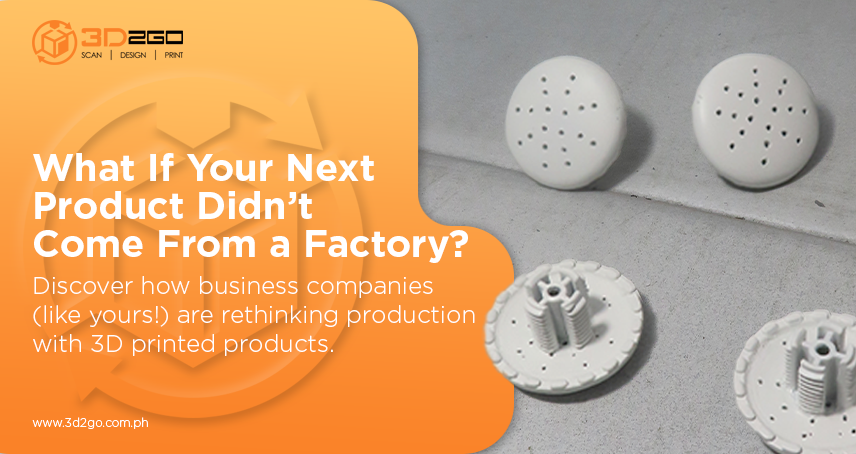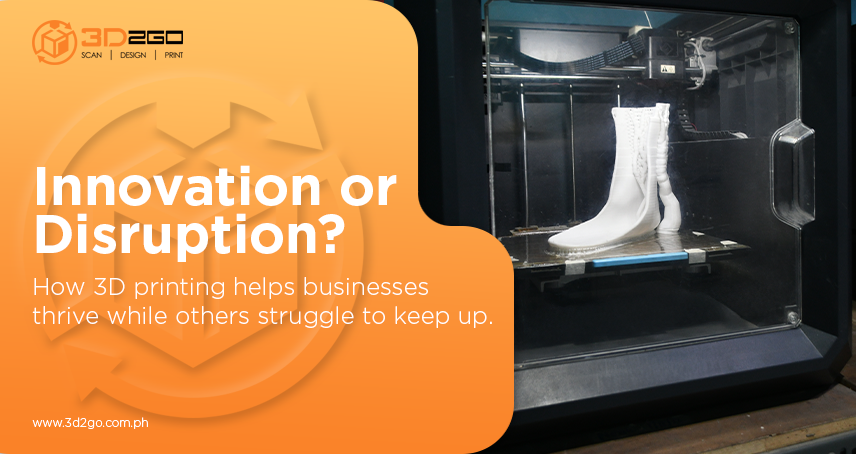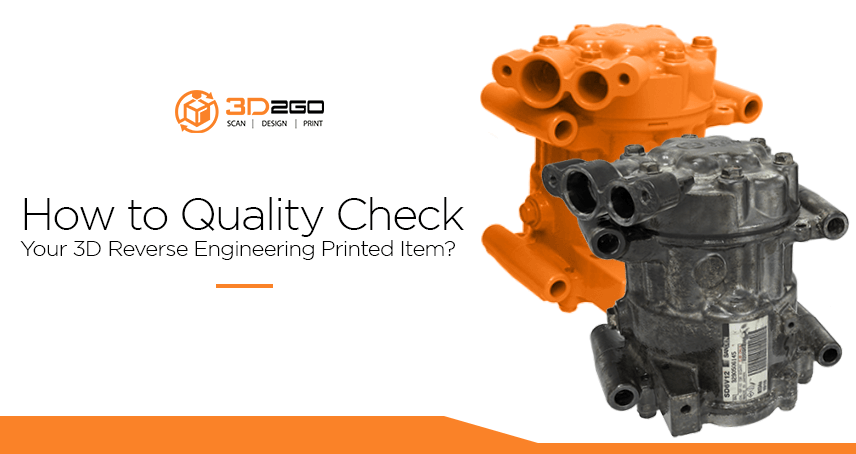
How to Quality Check Your 3D Reverse Engineering Printed Item?
June 12, 2022
Factors of 3D Printing Services That Creates New Business Models
June 13, 2022Like many other industries, 3D printing has opened a world of opportunities in electronics. There is currently a growing interest in the global market for creating customized sensors and circuitry — and for great reasons.
More and more companies are incorporating 3D printing into electronic design, especially those that have their own research centers. That’s because this technology allows faster prototyping time, produces more sophisticated products, reduces labor, gives a more streamlined process, and improves supply chain.
An Excellent Prototyping Tool
While we may not be able to see an entire electronic gadget being manufactured through 3D printing (at least in the foreseeable future), this method is highly effective in reducing the time it takes to complete the prototyping phase. There was even a study that suggests additive manufacturing has effectively lowered the production time by up to 63%.
The traditional way of prototyping takes longer for several reasons. Number one is the fact that printed circuit boards (PCBs) sometimes takes weeks to be delivered. Often, they have to be ordered from another country where it is more cost-effective. Most of them are produced in East Asia, specifically in China. Another reason is testing, which in itself is an arduous process.
Beyond Casings for Electronic Devices
As aforementioned, 3D-printed phones and other electronic gadgets may not be produced in the very near future. We can, however, create antennas, sensors, and even PCBs. In fact for anything that is created around electronic components, you can be sure that 3D technology proves useful. Examples of products that are being created using additive manufacturing include casing for car sensors and fully clipped drones.
Because of its enormous profit potential, endless research is being conducted around the world. That includes 3D printing electronic circuits, which is a key issue in the electrical industry today. Engineers are so invested in this proposition that some think 3D printing complex electronic circuits could be a thing of the definite future. It may not be as common as 3D printing cases for electronic devices but it can certainly happen.
The truth is, research facilities for the electronics industry have been benefiting from 3D printing for more than a decade already. But experts are looking for more mainstream ways to utilize the technology. One of them is in the production of electronic devices, specifically those that are created intrinsically in low volumes. A perfect example of this is high-speed optoelectronics.
Basically, if it involves electronic components, you can expect that 3D printing has proven to be helpful. It is being utilized largely as a prototyping tool for now, but that can change as the technology develops and matures.
3D printing could well be used widely in production. When that happens, you can expect an intensified additive manufacturing service from a top-tier company like 3D2Go. We guarantee that we will constantly upgrade our equipment and services so we can keep up with the changing technology as our five-star customer service remains the same.


